It's been a busy off-season for Callaway Golf with the launch of the XR range following on from the Big Bertha Alpha 815 and V-Series drivers, as well as the new Chrome Soft golf ball.
To top that off they also released a Phil Mickelson inspired, Mack Daddy PM-Grind wedge at the 2015 PGA Merchandise Show in Orlando.
I took up residence on the Callaway Talks set at the Show to meet with fellow Brit Dr. Alan Hocknell who is Head of Research and Development at Callaway, to ask him about his latest creations.
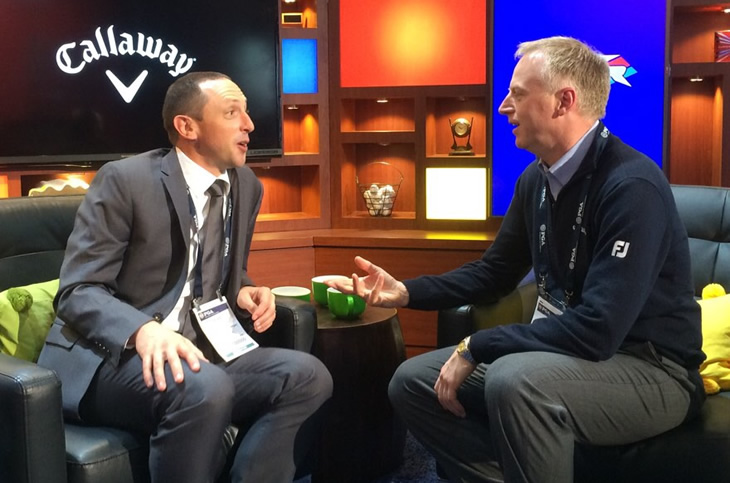
Hi Alan. You have just released the new Phil Mickelson inspired Mack Daddy wedge. How did that come about?
The Mack Daddy PM-Grind is a high toed wedge designed in conjunction with Phil Mickelson. Phil hits a regular sort of shot with it, but he also has another shot he wants to hit where he opens the face up quite a bit and hits with a lot of head speed and the purpose of him doing that is if there is any sort of rough in the way, more head speed is good for not distorting the path or the face angle of the club.
The other thing is he doesn’t really make any direct contact with the ball. He hits more like a sand shot with the speed and angle he is trying to go under the ball and that means the contact point is substantially higher up on the face.
That is good because you have a lot of head speed, but you get this sort of dead ball speed so that it goes up fast, but not with a lot of ball speed. Therefore you can take a pretty substantial swing and get this really soft rising trajectory, so it adds a little extra dimension to it.
Phil carries less wedges because of the versatility of that and we’ve been talking to him about this since the PGA Championship, so Roger Cleveland and some of the guys in R&D sort of ‘Frankensteined’ one together from two opposite halves of two wedges and created something that was pretty ugly to be honest, but we have worked with him on the refinement of it and he is going to use this one.
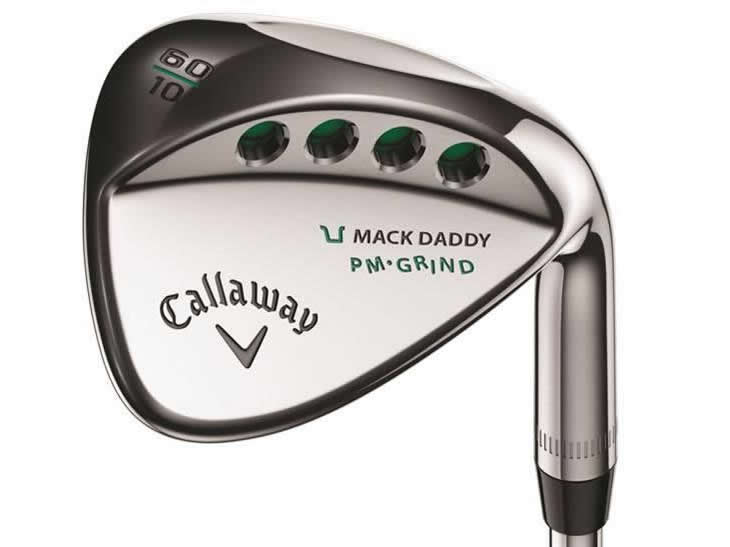
I presume the holes drilled in the back are to reduce the weight of the head?
Yes. We wanted a wide sole that has the U-Shape in it, but we needed the high toe to be there as well, so with the weight budget available we had to take it out of somewhere and we could have done it in various ways, but we tried to do it in a way that looked like it was done is a custom shop, even though it is a production part and we think the look is striking. It is certainly getting a lot of attention.
What lofts does it come in?
It comes in 56˚, 58˚, 60˚ and 64˚. The funny thing is that Phil has played with the 64˚, but what he tends to do is use the 60˚ so that he can go a little bit both ways. Sometimes we have had him bend his 60˚ to 62˚ and he gets very particular depending on the courses he is playing, so we have a wide range of loft options for everybody now.
It was funny when we tried to go and actually hit it ourselves, we said, you know we are designing a wedge for probably the best wedge player in the world, so we were wondering how we would get on.
With one of the first prototypes we were digging like crazy and we just couldn’t hit it and Phil was laughing at us, but we made some tweaks to it so that he could still do everything he wants to do with a wedge, but it also works for mere mortals as well.
It was fun and a quick project too. The PGA Championship was obviously in August of 2014 and we were able to use our prototyping capability to produce between 10 and 15 iterations to get it into player testing pretty quickly and we realised that we actually had it and that it would be a good thing to show here at the PGA Merchandise Show in January.
Moving on to drivers, Callaway has an extensive range from the V-Series, the Big Bertha Alpha 815 and now the XR models. How do they all relate to each other?
Yes, it’s a good question because they are all designed after looking at data we have on different types of golfers, so we hope each driver offers something based on that information.
The V-Series driver for example is aimed at a segment of golfers who definitely benefit from having a driver that is a slightly lighter weight club. We don’t necessarily try to put the centre of gravity particularly low in that club, because one of the things we find is through our fitting data, average golfers tend to miss high on the face of the driver.
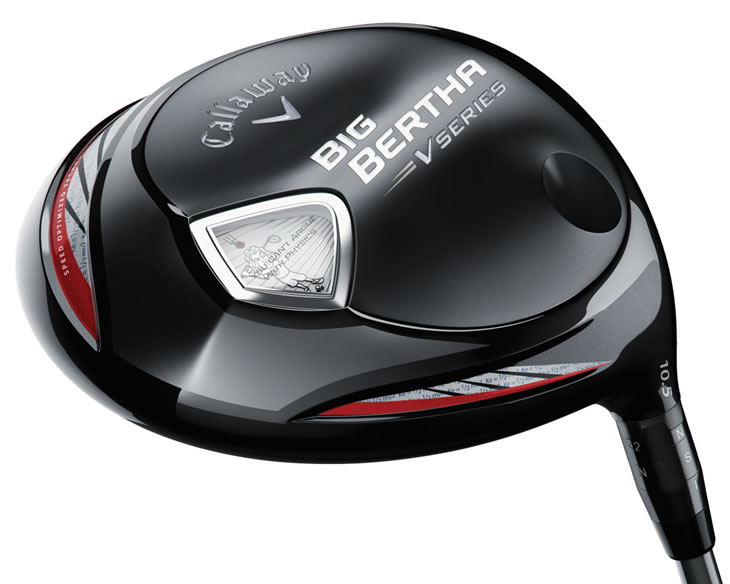
If you have a high impact location and a low centre of gravity you will get low spin, but you will also get low ball speed because the mis-match in the CG position between the ball and the head. Therefore, the V-Series is lighter overall and has a mid-CG height with other mass properties that promote stability, making it such an easy to fit to a broad range of group of people.
Then you have got other types of players who maybe vary a little bit by swing type but who really have the desire to dial their clubs in through custom fitting and that is really where the Big Bertha Alpha 815 drivers come in. You have the hosel adjustability for loft and lie, the left/right steering using the weight screws and then the unique gravity core that should be used in tandem with the hosel to optimise levels of launch angles and spin.
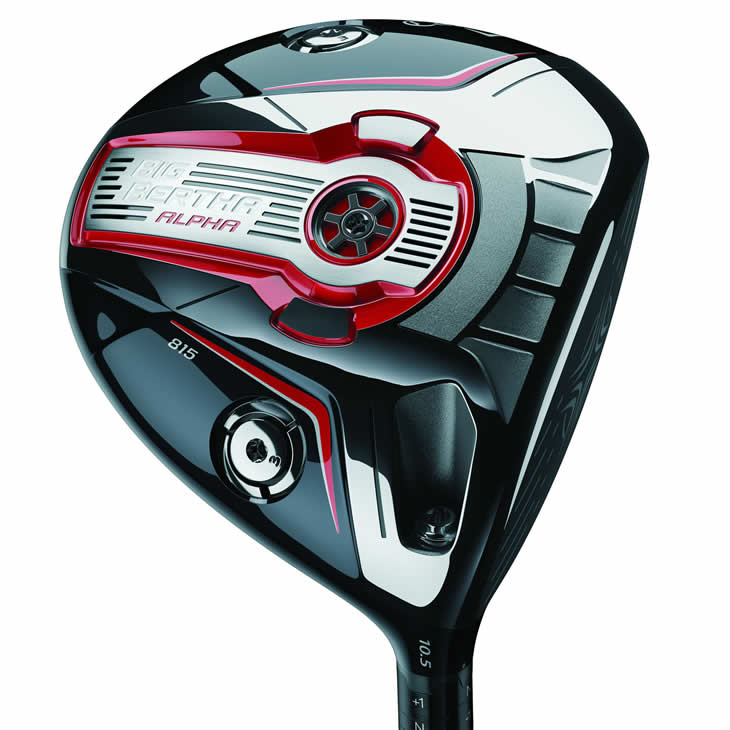
Plus, we have been asked who is going to put the gravity core in the ‘up’ position and that is really the same people who could use the V-Series driver, but within a heavier configuration versus the lightweight configuration of the V-Series. The ‘Up’ position gives a more mid-high CG position and all of those players with a high impact ball location get a boost from that which is a better combination for distance.
We like offering these different options and we think custom fitting is growing and growing, so a driver like the Big Bertha Alpha is a tool to be used in that custom process.
Maybe not many golfers will make the adjustments themselves, but during the initial fitting process they will be given the assistance they need to get a driver with really personalised performance and that is something I think about a lot given everybody has a different swing. Just because there is a set of rules that apply in the lab or we think are constraints when you put golf clubs into the real world, there a lot of things that come into play that can affect one person's performance compared to another, but in this way we can meet both people’s characteristics.
One thing I have noticed with the XR driver is it that it is so forgiving right off the shelf that I wonder how many players actually need the flexibility of the Big Bertha Alpha 815, unless they just prefer the added technology and the ability to adjust?
Yes I think you have a point there. The Callaway XR driver and drivers of that type are very, very good and they are designed as a result of a lot of good data that powers the decisions we make as to what the stock configuration is and how it performs. We do produce the drivers so we fit a very broad range of players.
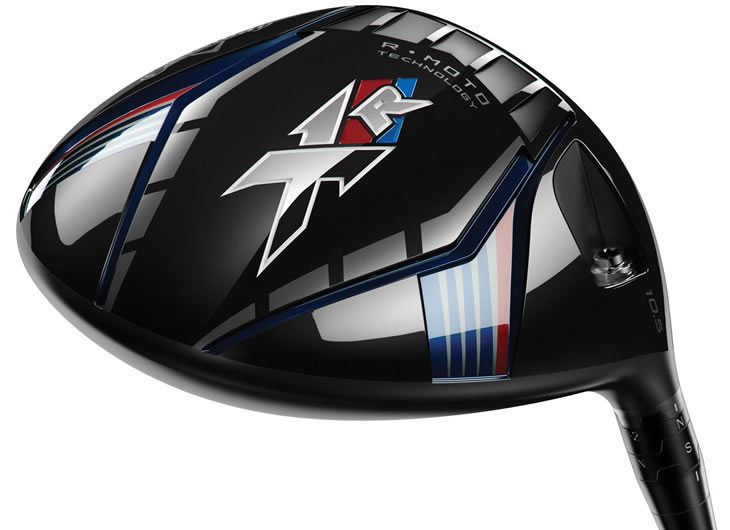
What proportion of golfers are outside the stock configuration?
I think it is very small given the variety of lofts we have, as well as shaft flexes and shaft weights, plus the assortment of shaft types we offer beyond the stock shafts. I think it is more a case of people get in the mindset of 'I could play that driver, but there is this other driver that represents that extra level of fitting' and want to ensure that it is dialled into their individual swings as much as possible.
I go to the mountains a lot in the winter and you see people who go and demo skis and I don’t know if they can actually tell the differences that are supposed to be between the different skis, but just the idea of going through that process of customisation is kind of thrilling to people and they feel more confident in the product and more satisfied it is really custom to them and I think it makes a difference in the physics, as the impacts are probably better on average when you get tuned in.
This is especially true when you get to the more able golfers and you can really see that fitting goes to another level when you start to tune in launch conditions and from there all the way to the pro’s so maybe the better player side of the spectrum are the ones who benefit the most from adjustability.
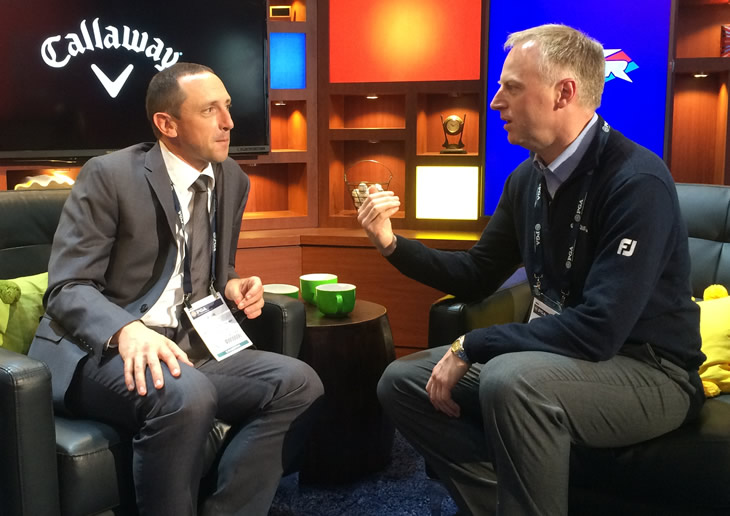
One of the other products I’ve noticed has come out recently is the Chrome Soft golf ball. Can you explain to me the trade off between softness and distance?
The Chrome Soft ball was one of a matrix of golf balls that we were prototyping and we were thinking about it in the way that we usually do with a lot of test data in big spreadsheets showing differences in spin rate, drag, performance in different parts of the game and things like that.
We saw that some of the balls make sense, as in these ones must be for the high head speed players and these ones must be for the low speed players. But then we went to player test the golf balls and when we did we found out that some of the decisions we would have made following the spreadsheet didn’t really hold true and this soft/fast core in the Chrome Soft ball is probably the best example of that.
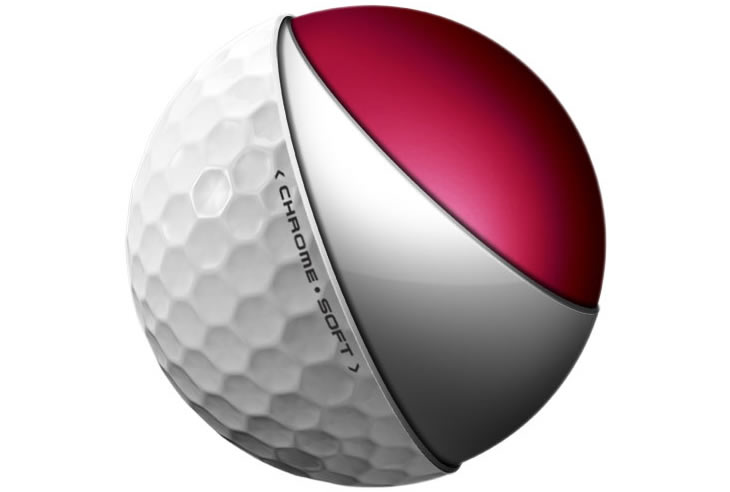
The old paradigm is that a soft core or low compression ball is always going to be slow and is always going to create a lot of spin and is only for older players who don’t swing the club very hard. We were in that paradigm with balls like the original Chrome, but with the new core chemistry technology we managed to break that rule apart so we have a low compression core in a ball that is only 65 compression, but that core is not slow and it is not 'spinny' with the driver.
In fact it is fast and it is low spinning so you get the distance advantages you want with the driver, but as you get closer to the green it is soft enough that the average golfers can still compress the ball. With the soft urethane cover, the character of the cover takes over the closer you are to the green to give you the tour level spin performance around the green even though off the tee you have the low spin performance with good speed, so it is has broken the rules, if you like, with the normal tradeoffs you have to make when designing a golf ball.
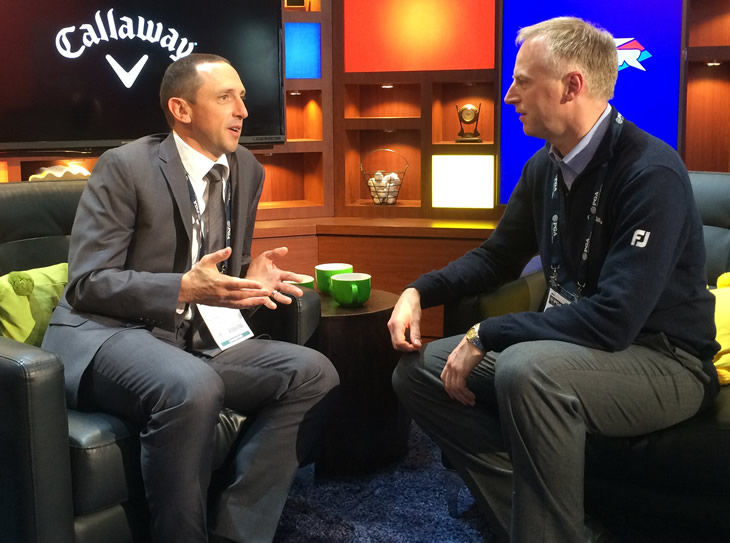
The thing that really tipped us over the edge is when we let some high head speed players hit the ball and we realised there wasn’t really any speed penalty from having this softness that normally you would expect. Sometimes you get these guys who say they won’t touch anything under 100 compression as they're a 105 mph swing speed, so that is the part that surprised us.
We talk about it being in some way a happy accident in that we did all the right things, we did all the homework, and then in looking at the problem in a slightly different way we found this thing staring at us. It was interesting going through that process and it only occurred to us because we involved so many golfers in the testing.
Would you say the Chrome Soft is still for moderate swing speed players? Has Mickelson decided to play that one or has he got a Tour version that is not quite as soft?
Today he is playing at the Humana Challenge on the PGA Tour and he is playing the Chrome Soft, but he has had access to a prototype or two that have slightly different characteristics, but they are essentially the same kind of ball.
Really low compression with the benefits that gives in feel, but together with the same combination of low spin with speed in the low loft part of the game, with the benefits of high spin closer to the green.
Phil has been really happy with the performance of both the prototype and with the ball that is the Chrome Soft. His only concern with the Chrome Soft initially was that he felt it would be a bit more of an adjustment for him in distance consistency, in that he would have to re-calibrate how far he was hitting his irons, which is a good problem to have for most of us, but for him he is so dialled into certain numbers.
He has actually spent the last 6 to 8 weeks only playing with a Chrome Soft ball to help that re-calibration as the advantage for him is clearly a bit more distance, but also he can hit the variety of shots around the green that he hasn’t been able to hit for years since the shift to solid core balls that instantly made all of the balls firmer overnight. That meant there were some shots he wanted to hit that he wasn't able to execute, but now he can.
Gary Woodland said the same thing to us as well and he is a big ball hitter, so it is good to hear that kind of feedback that top players are recognising the feel and the touch aspect of this ball, but they are still getting the distance advantage.
We are very hopeful we have a product that is a bit of a paradigm shift and we are keen to get players trying the ball and a lot of the feedback we are getting is very positive. The ball seems to have a real 'wow' factor to it which is not something you always get.
Given we are in a challenger position in the golf ball market, this is the sort of move that we should make; try to do things differently backed up by good testing and good insights.
In fact the old paradigm may drop away a little bit as we haven’t really seen many negatives about the ball at all amongst any player groups.